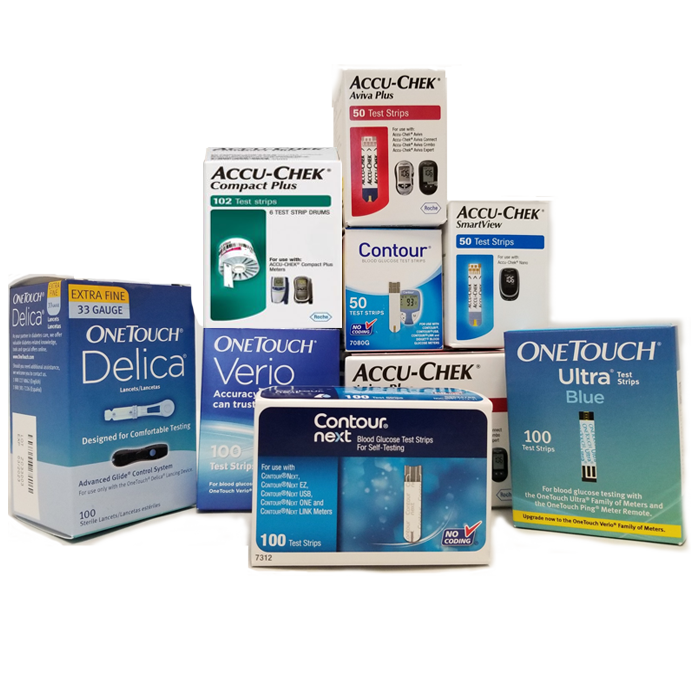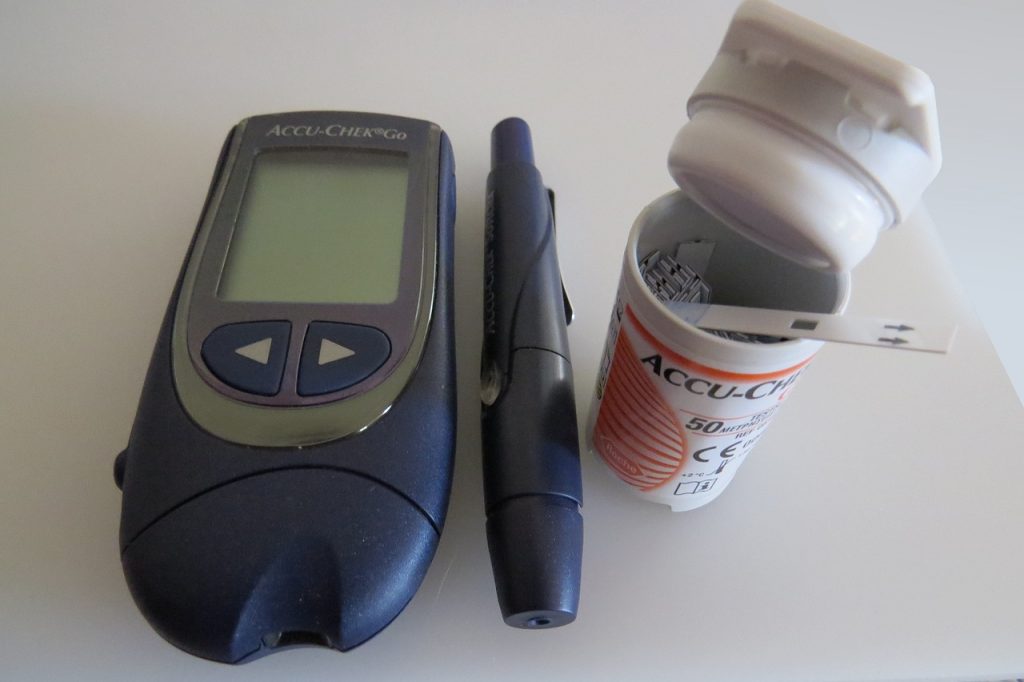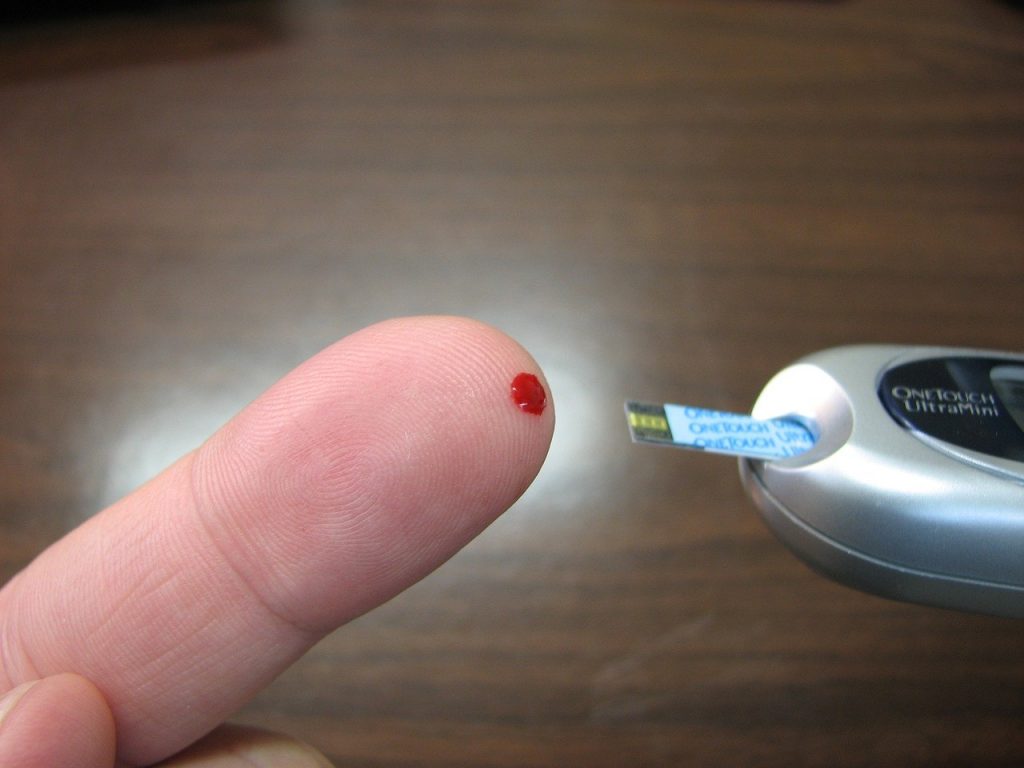If you’re selling your extra diabetic test strips for the first time, a simple online search will return dozens of results. It can be extremely difficult to choose the company that offers the best prices without some comparison shopping. The best solution is to contact the companies and request a free online quote.
Your research doesn’t end there. Explore how much your test strips cost new for the amount you have and compare it to how much the test strip company is paying for the same strips. This is a process that you’ll need to do periodically. Prices change as the demand for certain types of test strips increase or decrease.
Even if you have insurance and paid a minimal amount in co-pays for your strips, you’ll still want to get the best value for what you have. Companies that sell test strips also have specific requirements for the strips they accept. You’ll need to ensure your test strips meet those requirements.
The test strips must be new, unopened, and have an expiration date of at least 6 months. They must be in the original, undamaged package. Test strips obtained through your insurance company can be sold. Test strips paid for through Medicare, Medicaid and other government-operated healthcare programs cannot be sold.
One thing you won’t have to factor in is shipping costs. Companies that buy test strips will pay for the postage to ship the strips to them for inspection, pay for them to be returned if they don’t meet specifications, and provide tracking.
If accepted, the company will pay you in one of several ways, depending on your preferences. The companies are national enterprises and purchase from throughout the U.S. They even provide shipping kits for faster service.
Everyone wants to receive the most money for what they have to sell. Knowing the cost of your brand of test strips, and the quantity, is the first step. Then ask for a free online quote.
If you would like to find out about earning cash for your unwanted, unused and boxed test strips, complete our online quote form today.
If you have extra, unopened and unused boxes of diabetic test strips – whether you have switched brands, no longer need to test or test less frequently, or have a loved one who has passed away – don’t let them gather dust until they’ve expired and end up in the trash. We’re the best place to sell diabetic test strips online, and if you want to sell your test strips, we’re here to make the process easy and enjoyable!
Visit us at Sell Your Test Strips and get your free quote today!










